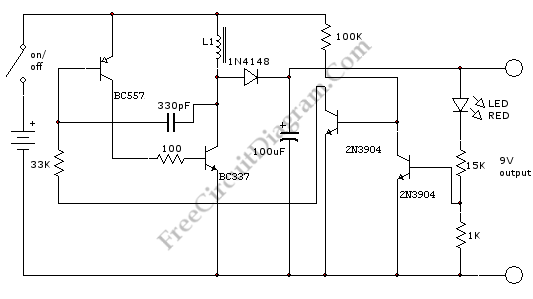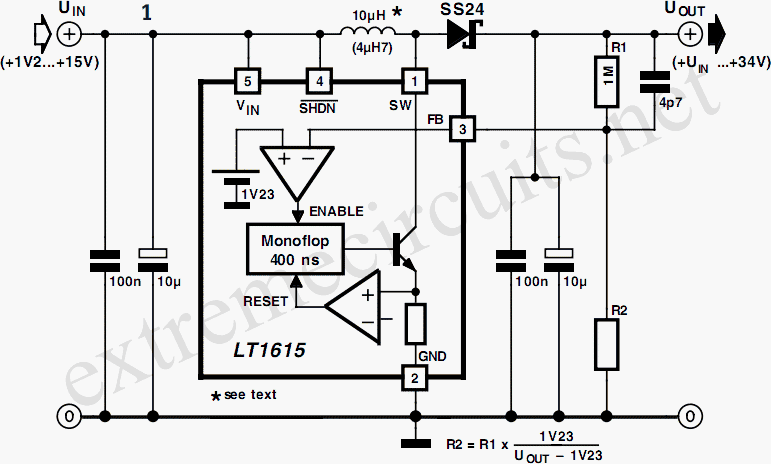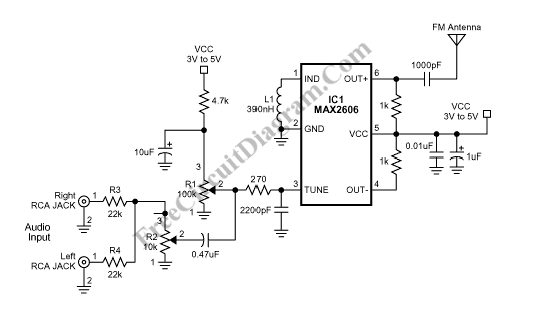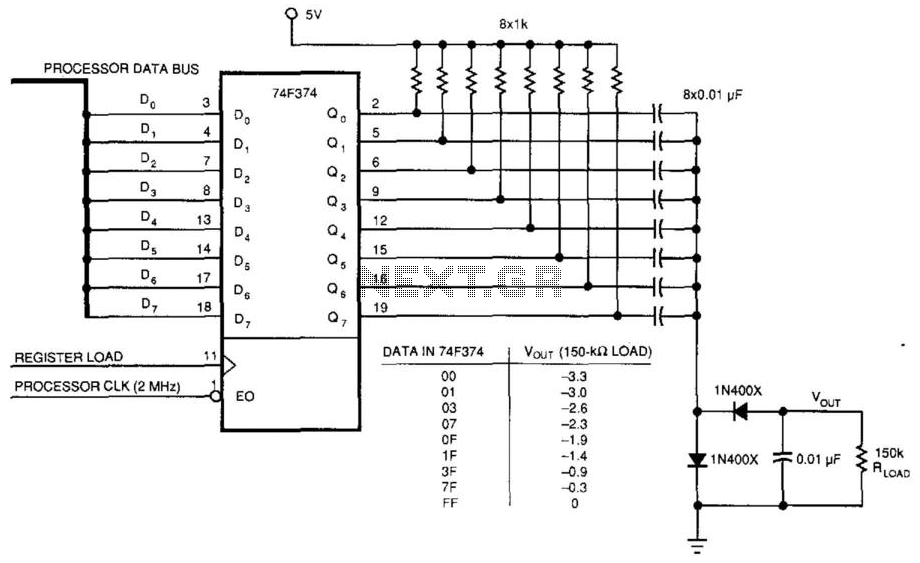
Small DC-DC Inverter: Convert 1.5 to 9 volts

This is a 1.5 to 9 volts inverter schematic circuit. It is a low-cost and simple circuit that requires few components. This circuit is used in many applications.
The 1.5 to 9 volts inverter circuit is designed to convert a low DC input voltage into a higher DC output voltage, specifically in the range of 1.5 to 9 volts. The circuit typically consists of a few essential components, including a transformer, transistors, resistors, capacitors, and a diode, which work together to achieve the desired voltage conversion.
The operation of the inverter circuit begins with the input voltage being applied to the base of a transistor, which acts as a switch. When the transistor is activated, it allows current to flow through the primary winding of the transformer. The transformer then induces a higher voltage in the secondary winding due to electromagnetic induction. The output voltage can be adjusted by selecting the appropriate turns ratio of the transformer.
To ensure stable operation and to prevent voltage spikes, capacitors are often included in the circuit. These capacitors filter the output, smoothing any fluctuations in voltage. Additionally, a diode may be used to prevent reverse current flow, protecting the circuit from potential damage.
This inverter circuit is versatile and can be utilized in various applications, including powering small electronic devices, charging batteries, and providing backup power for low-voltage equipment. Its simplicity and low cost make it an attractive option for hobbyists and professionals alike. Proper attention to component ratings and circuit layout is essential for optimal performance and reliability.This is a 1.5 to 9 volts inverter schematic circuit. This is low cost and a simple circuit that need few components.This circuit is used in many application. 🔗 External reference
The 1.5 to 9 volts inverter circuit is designed to convert a low DC input voltage into a higher DC output voltage, specifically in the range of 1.5 to 9 volts. The circuit typically consists of a few essential components, including a transformer, transistors, resistors, capacitors, and a diode, which work together to achieve the desired voltage conversion.
The operation of the inverter circuit begins with the input voltage being applied to the base of a transistor, which acts as a switch. When the transistor is activated, it allows current to flow through the primary winding of the transformer. The transformer then induces a higher voltage in the secondary winding due to electromagnetic induction. The output voltage can be adjusted by selecting the appropriate turns ratio of the transformer.
To ensure stable operation and to prevent voltage spikes, capacitors are often included in the circuit. These capacitors filter the output, smoothing any fluctuations in voltage. Additionally, a diode may be used to prevent reverse current flow, protecting the circuit from potential damage.
This inverter circuit is versatile and can be utilized in various applications, including powering small electronic devices, charging batteries, and providing backup power for low-voltage equipment. Its simplicity and low cost make it an attractive option for hobbyists and professionals alike. Proper attention to component ratings and circuit layout is essential for optimal performance and reliability.This is a 1.5 to 9 volts inverter schematic circuit. This is low cost and a simple circuit that need few components.This circuit is used in many application. 🔗 External reference





